The datasheet MC33186DH1 shows body diodes on the output MOSFETs:
On page 7, "freewheeling diode" voltage and speed are given: 2V at 3A, and max 5µs recovery (albeit at a paltry 4A/µs current rate; maybe this rate is typical of the device's switching speed into a short circuit?).
Even if switching is synchronous, due to the mismatched delay times between devices (dead time is not specified, and not well indicated; only Fig. 22 I think hints at it), significant power can be dissipated during that brief gap, in which case schottky diodes can reduce it, at the expense of added components, and usually some additional losses due to their capacitance.
Typical candidates would include B140 to B340, PMEG4020, etc. Most schottky types aren't very picky by the way; there are largely two types, one optimized for slightly lower VF at expense of higher leakage (which can be a problem at high operating temperature (≫100°C), where leakage rises so high it dissipates excess power and runaway failure occurs; so, avoid that situation). Even the ancient 1N5819 still has comparable characteristics today.
Connection will be in parallel with the freewheeling/body diodes. See this example from the old ST L297 stepper controller datasheet:
And yes, they had a whole chipset put together; ah, how times have changed, all of that and more is integrated nowadays.
L6210 was in fact a monolithic schottky array, but you can use single or dual or whatever parts as you like with suitable ratings.
Note that, as long as switching is synchronous, the diode dissipation will not be very much, but at least some minimum size (ampere rating) is required, otherwise the voltage drop is too high and significant current will flow into the body diodes, incurring recovery losses again. I would keep ratings to the 1-3A, 30-60V range (voltage rating of course dependent on your supply range).
Speaking of old things, MC33186 itself is rather old. You may consider using a newer device, which won't suffer from these issues (slow switching, recovery losses [or as much], smaller footprint, etc.).
